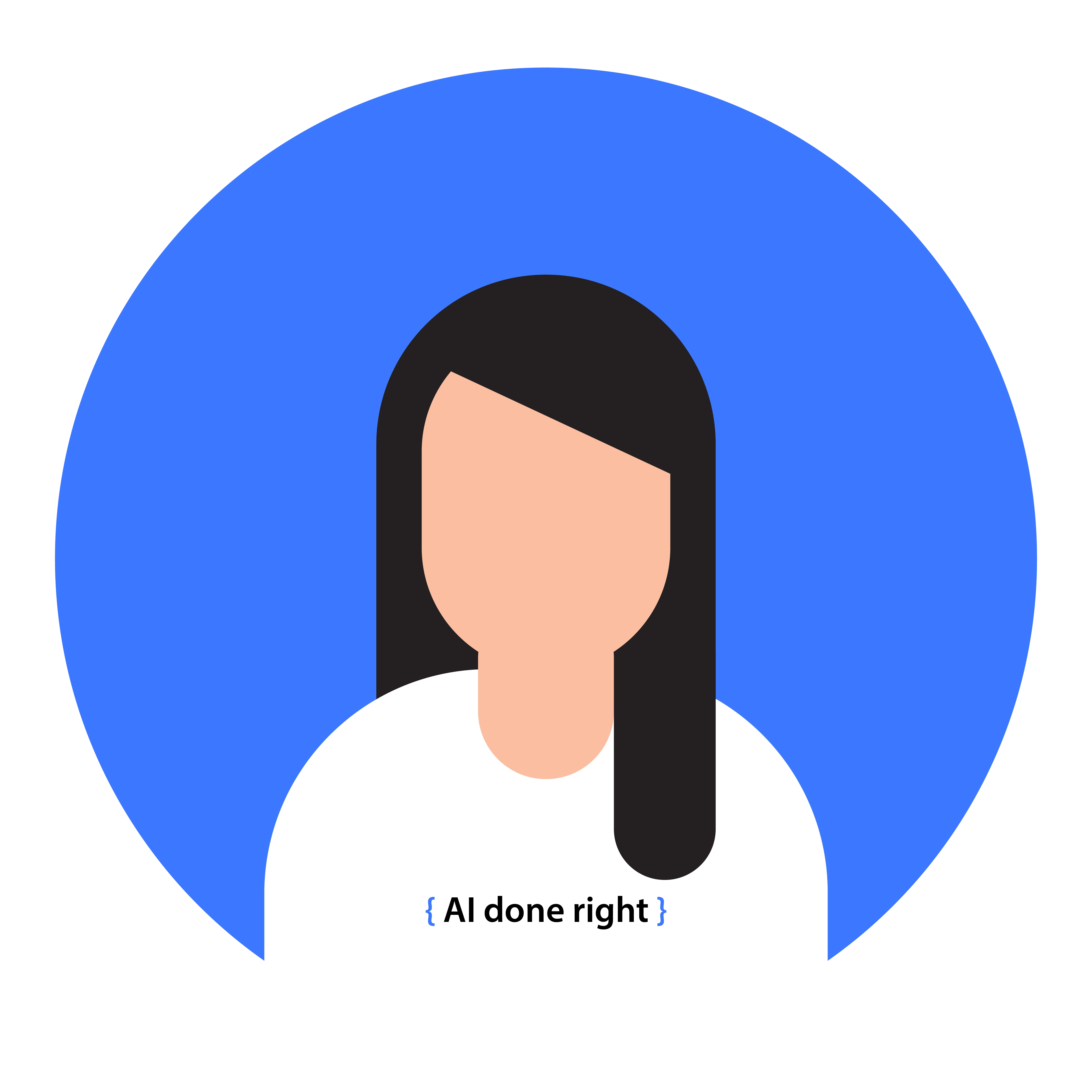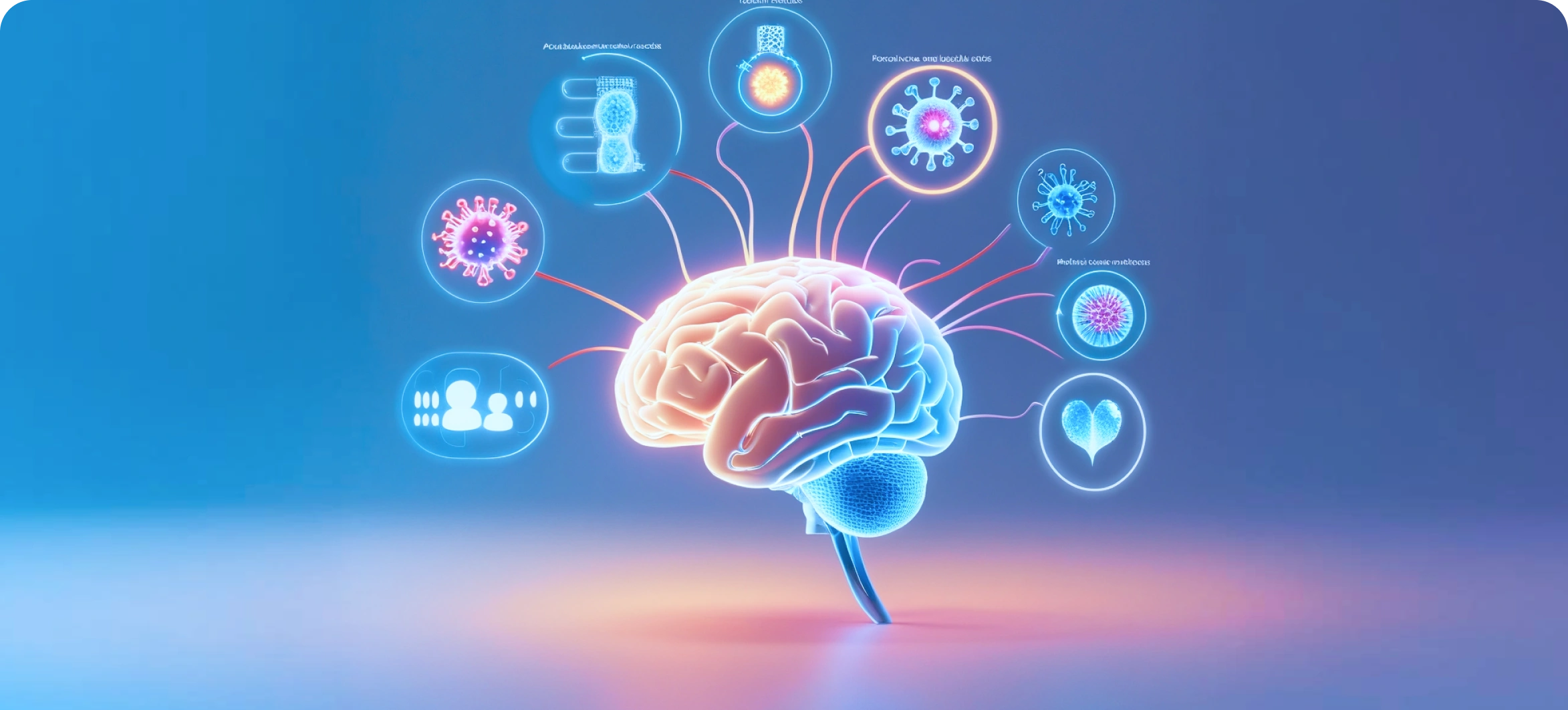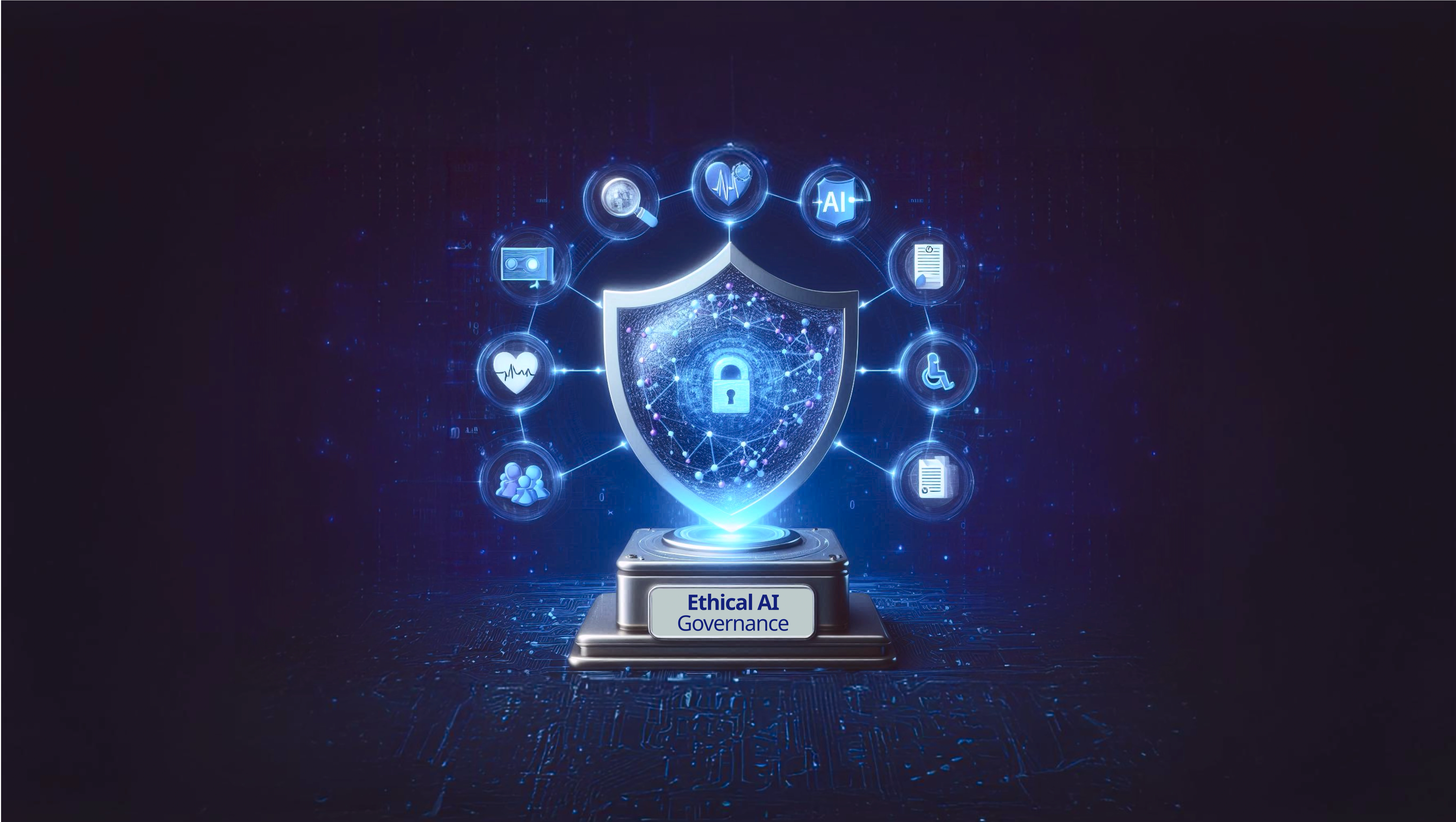AI-Powered Deep Learning Predicts Tomorrow's Disease Outbreaks Today
When Algorithms Whispered What Humans Missed
It starts subtly—hospitals in a busy city notice a 10% spike in unexplained respiratory cases. Pharmacies see a surge in fever medication sales, and online searches for flu symptoms skyrocket. At first, these seem like isolated incidents—until they aren’t.
What if we could spot this brewing crisis before it escalates into a full-blown outbreak?
Here’s where deep learning and predictive analytics change the game. Unlike traditional methods, deep learning models like Recurrent Neural Networks (RNNs) and Long Short-Term Memory (LSTM) networks analyze huge datasets in real-time—hospital records, weather patterns, social media, even mobility trends.
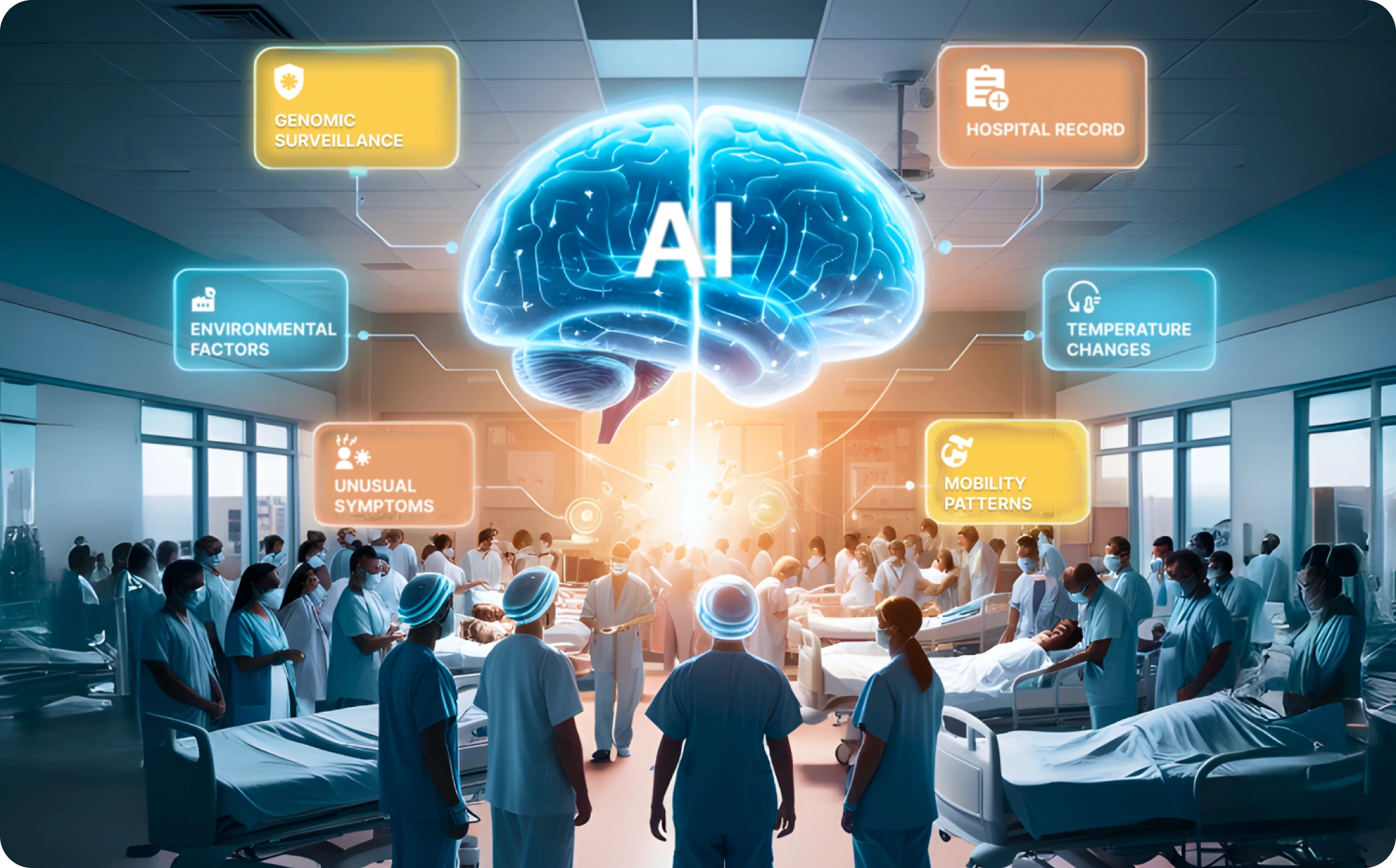
When AI Sees the Unseen: Illuminating Hidden Outbreak Patterns Before They Spread.
These AI models go beyond human capability, detecting complex patterns that traditional methods miss. For example, during a potential dengue outbreak, AI processed 1.5 million data points—temperature, rainfall, and mosquito density to predict the spread within hours.
This isn't a hypothetical scenario. In fact, AI tools used Natural Language Processing (NLP) to analyze real-time reports and flag early signs of COVID-19 in Wuhan weeks before the global alarm was raised. Imagine the value in predicting outbreaks before they spread.
Could this be the next step in smarter, faster public health responses? Let’s see.
Beyond Traditional Surveillance- The Neural Network Advantage
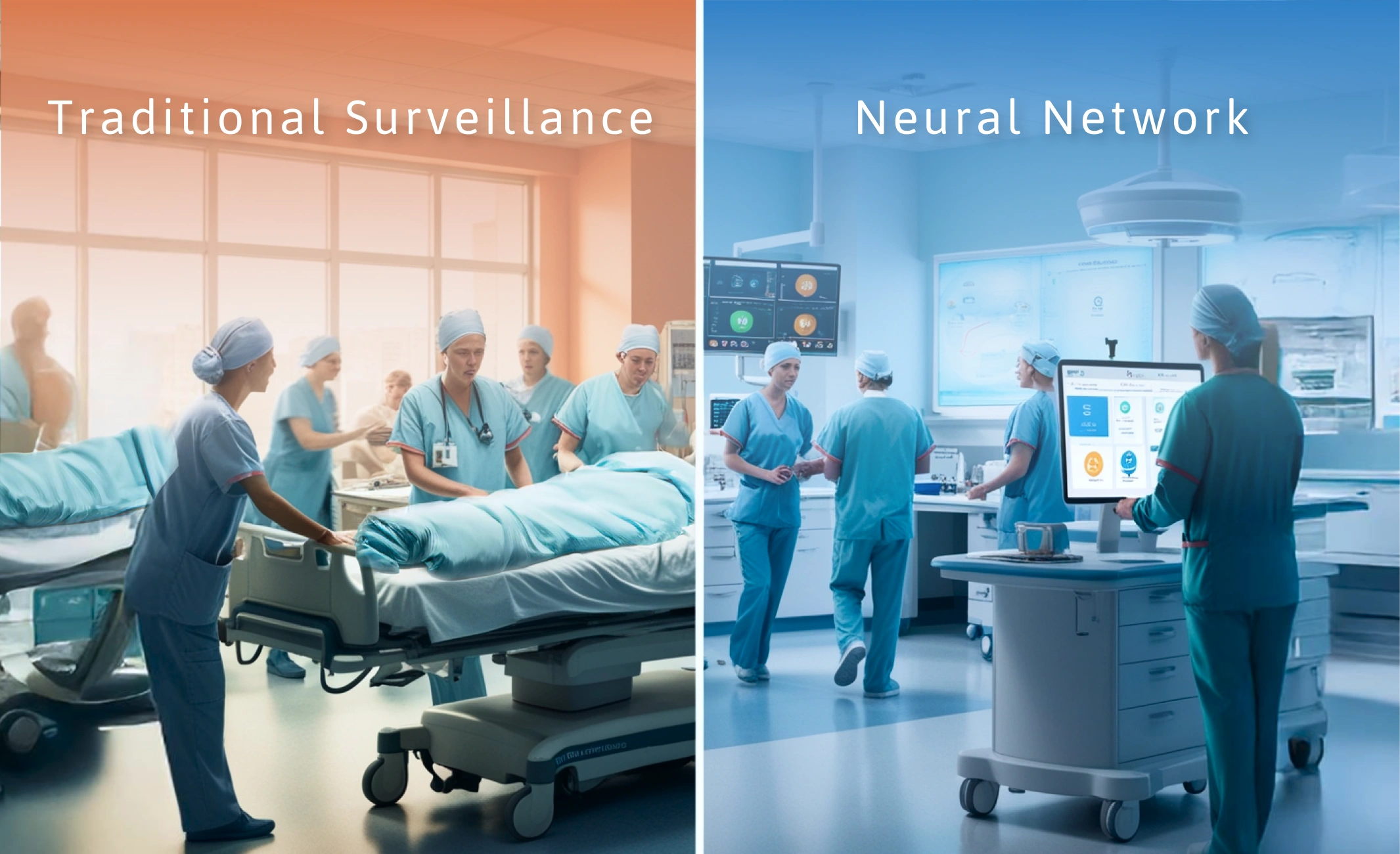
Reactive vs Proactive: When AI Turns into Life-Saving Insights
Remember the days when we relied only on case reports and lab tests to track disease outbreaks? It was like trying to put out a fire with a bucket of water—necessary, but way too slow. But as public health decision-makers, can you really afford to wait until the smoke starts rising?
Here’s the problem:
Traditional surveillance works retroactively. Hospitals wait for a patient to be confirmed, tested, and logged. By then, the disease had already spread. Did you know it can take more than 72 hours just to confirm a case? And in that time, outbreaks can spread by 20-30%. You’re always one step behind, reacting instead of preventing.

How many times has crucial data slipped through the cracks in this system?
But what if we didn’t have to wait for data to be confirmed days later? What if we could use the power of multi-modal deep learning?
Imagine a machine learning platform that processes real-time data—emergency room records, prescription data from over 2,500 pharmacies, social media sentiment analysis via NLP algorithms, and even mobile phone movement using geospatial data analytics.
We’re talking about a neural network that analyzes 1.5 million data points in an instant, predicting outbreaks with 92% accuracy. With predictive analytics and AI-driven decision-making models, response times could be reduced by up to 60%.
Now, doesn’t that sound like the future of public health technology?
The Technical Backbone: How Are We Actually Doing This?
In 2020, as COVID-19 began spreading, hospitals were overwhelmed, and traditional methods were slow. However, with real-time data from hospitals, environmental sensors, and social media, outbreaks were predicted days before confirmation. This is the power of the modern outbreak prediction stack, built on three critical components.
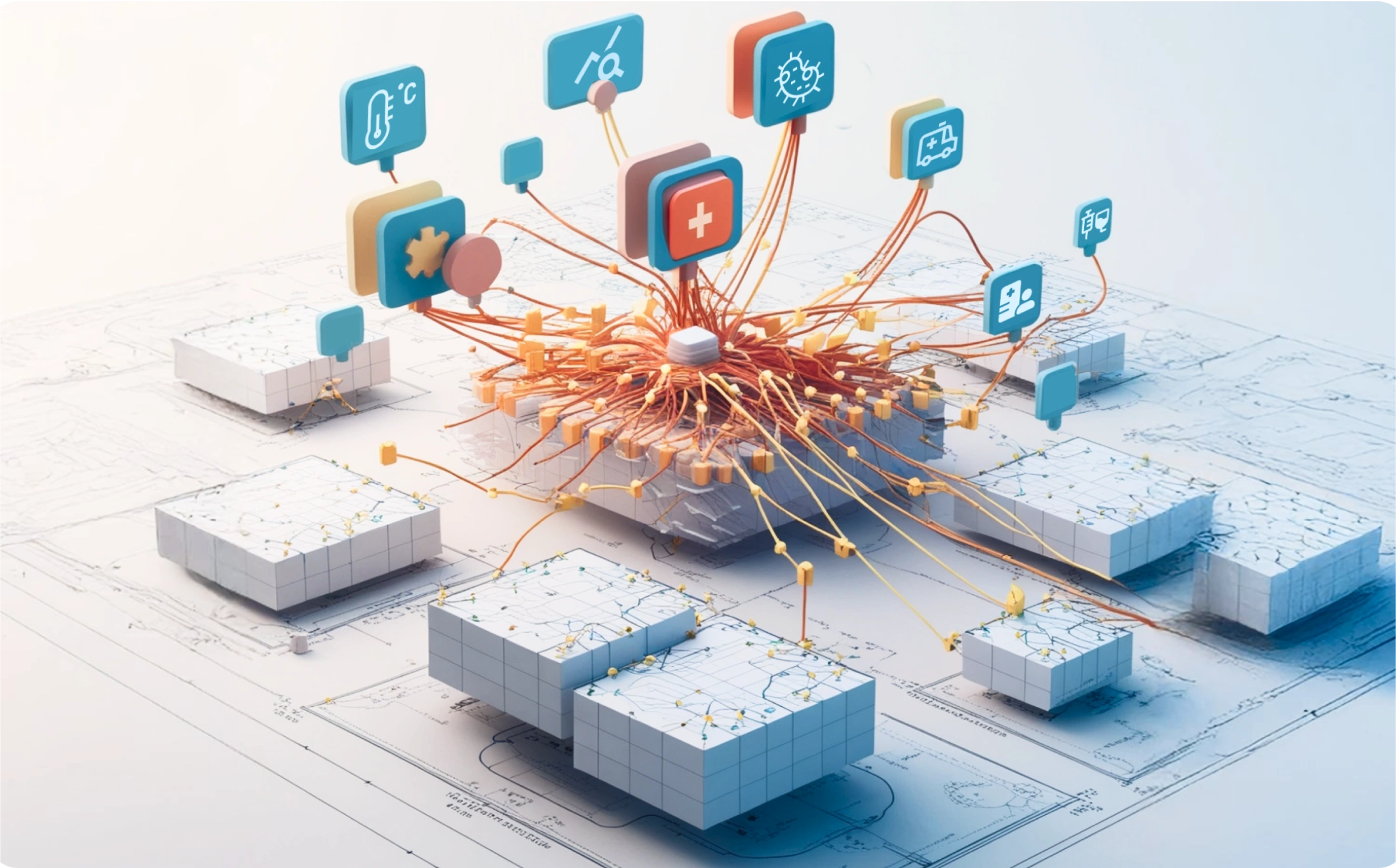
Beyond Human Vision: The Architecture of AI in Predicting Global Health Trends
1. Multi-modal Data Integration Layer
Imagine pulling real-time data from FHIR-based EHRs to track patient symptoms across hospitals instantly. Picture spotting trends, like a sudden spike in respiratory issues during a 2021 heatwave, and acting before outbreaks happen. Now, layers in environmental sensors tracking air quality, social media sentiment, and even satellite imagery. The result? A real-time, 360° view of health trends, letting you respond faster and smarter.
2. Deep Learning Architecture
This is where AI gets even smarter. Temporal Convolutional Networks (TCNs) analyze time-series data, like flu case spikes, to spot outbreaks early. For example, during Singapore’s 2024 respiratory virus season, this AI identified a new pathogen 9 days ahead of genomic methods. Meanwhile, (Bidirectional Encoder Representations from Transformers) BERT, a natural language processing model, explores clinical notes to extract key insights from unstructured text.
3. Prediction and Alert Generation
Once the data’s processed, Bayesian models predict outbreaks with probability, replacing guesswork with clarity. During the 2023 Monkeypox outbreak, this helped pinpoint key trends for quick action. And with Explainable AI (XAI), you’ll know exactly how those predictions were made, giving you the confidence to act fast and effectively.
Making It Work: Implementation Strategies for Decision Makers
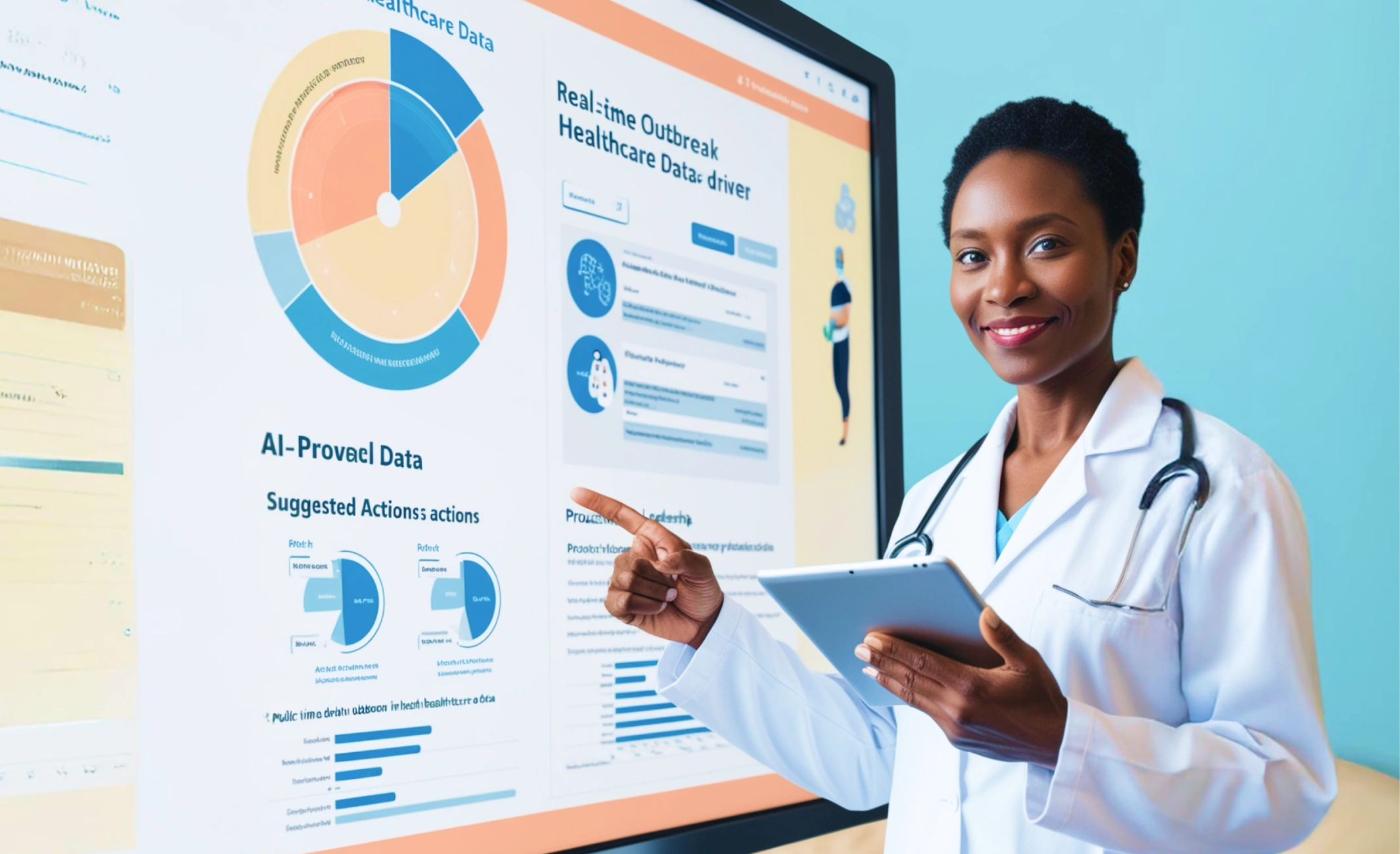
Leading With Data: How AI Helps Decision-Makers Stay Away From Outbreaks.
The Future of Ethical AI
You’re probably thinking, “This sounds great, but how do I actually make it happen?” At Techolution, we don’t just talk about AI innovation—we make it work.
Here’s how our proven approach helps decision-makers like you turn ambitious ideas into tangible results:
Step 1: Start with a Hybrid System
Why settle for one when you can have both? Techolution’s GraphFormer blends AI and traditional methods for unmatched efficiency and flexibility.
Step 2: Use Privacy-Preserving Federated Learning
Balance innovation with privacy using OpenFL. Your data stays secure while your models keep improving—because trust and innovation go hand in hand.
Step 3: Adopt Edge Computing
Real-time decision-making isn’t optional anymore—it’s essential. Techolution’s edge computing processes data instantly at the source, ensuring you’re always one step ahead.
Step 4: Partner for Smarter Models
When you partner with Techolution, your models evolve with the latest advancements. It’s not just about keeping up—it’s about leading the way.
The Decision Point
The technology exists. The data flows. But only you hold the key to turning potential into action. Our AI systems can predict outbreaks with precision never before imagined, but they need your leadership to transform this capability into a reality that saves lives.
The next outbreak isn’t a distant possibility—it’s a certainty. The question is: Will your jurisdiction lead with AI-powered vision, or be left reacting too late?
With Techolution, you’re not just adopting cutting-edge tech—you’re taking charge of tomorrow. From real-time analytics to predictive outbreak modeling, we’ll equip you with a system that turns foresight into action. This is your opportunity to redefine public health leadership.
